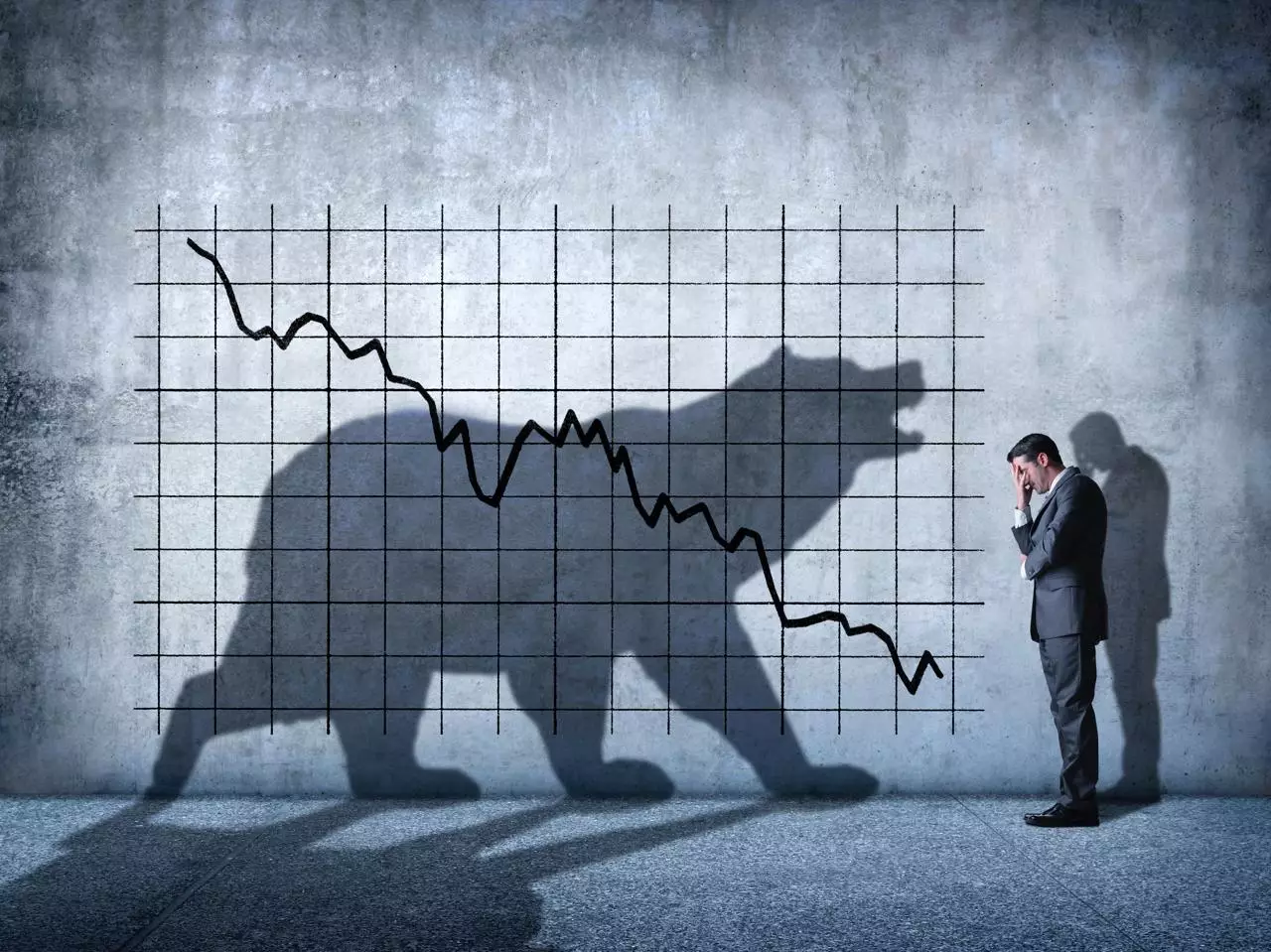Recent Bitcoin price movements paint a perplexing picture. After a sharp descent below the psychologically significant $100,000 mark early in the week, Bitcoin not only stabilized but recovered to close above $107,000. While some see this as a sign of resilience or impending bullish momentum, a deeper dive into market behavior suggests a more complex tug-of-war. The cryptocurrency space is notorious for volatile swings fueled by speculation rather than fundamentals, and the current landscape is no exception.
The superficial narrative is dominated by bearish traders—those betting on declines—who have ramped up their short positions significantly. This surge in short interest comes on the back of a relatively stable Bitcoin price, raising eyebrows among market analysts. Traditionally, such an increase in bearish bets during a stable or slightly bullish phase can be a harbinger of volatility, but not necessarily the downward collapse the shorts anticipate.
Understanding the Short Positions: A Potential Boomerang
The rise in short positions is measured not just by anecdotal evidence but real on-chain data, particularly the Liquidity Zone (7 Days) indicator, which tracks price movement, open interest, and the complex interplay between long and short bets. The critical figure here is the Net Delta of open interest. A negative Net Delta indicates short dominance, which is currently prevalent.
However, this dominance isn’t inherently ominous. The market environment and Bitcoin’s relative price stability suggest these bearish traders may soon face a trap. When many shorts accumulate at nearly steady prices, they risk being locked out if the price defies expectations and rises. This scenario, known as a short squeeze, compels shorts to buy back their positions hastily to limit losses, paradoxically pushing prices even higher.
The irony is that bearish confidence may be fueling the very price rally they hope to avoid. This paradox underscores why market sentiment, especially in cryptocurrency, must be analyzed beyond surface metrics—or simple price declines.
Why Overconfidence in Bearish Bets is Foolhardy
One of the more dangerous mindsets in crypto trading is excessive reliance on a bearish thesis during periods of subtle strength. Shorts are emboldened by downward swings, interpreting them as preludes to extended sell-offs. But Bitcoin’s market is uniquely resilient, arguably supported by growing institutional interest and mainstream adoption that conventional bears sometimes underestimate.
The stubbornly high number of short positions closing around a firm price floor suggests the market is more nuanced. Bears might be doubling down out of desperation rather than insight. If the market imminently shatters these sell pressures, the short squeeze will act as a dramatic accelerant, triggering rapid price appreciation and punishing those who underestimated Bitcoin’s staying power.
Market Dynamics Demand Cautious Optimism
The current phase, with Bitcoin hovering near $107,000 and only nominal 0.2% growth in 24 hours but a robust seven-day rise of over 5%, suggests a market in delicate balance rather than outright decline. It’s a tightrope walk, where small shifts can trigger outsized moves. For investors and traders, the lesson is to never conflate short-term bearish positioning with an inevitable downward trend.
Crypto enthusiasts and investors should recognize that bearish bets often function as contrarian signals. Blindly following the prevailing pessimism risks missing out on significant upside. The data-driven lesson is clear: the shorts wield less power than they might presume, and their collective overreach could be Bitcoin’s catalyst for the next leg up.
Reclaiming Rationality in a Hysteric Market
What strikes me, as someone who admires efficient markets yet tolerates speculative ones, is how frequently Bitcoin’s price action seems governed more by crowd psychology than by sober fundamentals. Short sellers embrace a narrative of decline amid a broader context of institutionalization and adoption that fundamentally argues for long-term appreciation.
This tension between skepticism and enthusiasm mirrors a center-right, liberal economic temperament—valuing market-driven forces, the prudence of investment, and the recognition that speculative excesses eventually correct themselves. The bears’ growing dominance is thus not just a market signal but also a cautionary tale of hubris.
Instead of succumbing to the temptation to double down on bearish bets just because they dominate short-term trading floors, a nuanced, data-conscious, and historically informed perspective suggests that Bitcoin’s current standing is far more robust than the shorts would concede. Economic liberalism demands respect for the free market — but robust skepticism is often a market’s best friend, especially when the bears appear outgunned.

